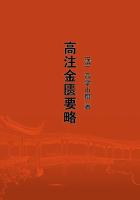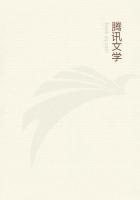Voluta : 34 to 44 30 : Mr.Cuming does not know of any species living on the west coast, between the equator and latitude 43 south; from this latitude a species is found as far south as Tierra del Fuego.
Seventy-nine species of fossil shells, in a tolerably recognisable condition, from the coast of Chile and Peru, are described in this volume, and in the Palaeontological part of M.d'Orbigny's "Voyage": if we put on one side the twenty species exclusively found at Concepcion and Chiloe, fifty-nine species from Navidad and the other specified localities remain.
Of these fifty-nine species only an Artemis, a Mytilus and Balanus, all from Coquimbo, are (in the opinion of Mr.Sowerby, but not in that of M.
d'Orbigny) identical with living shells; and it would certainly require a better series of specimens to render this conclusion certain.Only the Turritella Chilensis from Huafo and Mocha, the T.Patagonica and Venus meridionalis from Navidad, come very near to recent South American shells, namely, the two Turritellas to T.cingulata, and the Venus to V.exalbida:
some few other species come rather less near; and some few resemble forms in the older European tertiary deposits: none of the species resemble secondary forms.Hence I conceive there can be no doubt that these formations are tertiary,--a point necessary to consider, after the case of Concepcion.The fifty-nine species belong to thirty-two genera; of these, Gastridium is extinct, and three or four of the genera (viz.Panopaea, Rostellaria, Corbis (?), and I believe Solecurtus) are not now found on the west coast of South America.Fifteen of the genera have on this coast living representatives in about the same latitudes with the fossil species;but twelve genera now range very differently to what they formerly did.The idea of Table 4, in which the difference between the extension in latitude of the fossil and existing species is shown, is taken from M.d'Orbigny's work; but the range of the living shells is given on the authority of Mr.
Cuming, whose long-continued researches on the conchology of South America are well-known.
When we consider that very few, if any, of the fifty-nine fossil shells are identical with, or make any close approach to, living species; when we consider that some of the genera do not now exist on the west coast of South America, and that no less than twelve genera out of the thirty-two formerly ranged very differently from the existing species of the same genera, we must admit that these deposits are of considerable antiquity, and that they probably verge on the commencement of the tertiary era.May we not venture to believe, that they are of nearly contemporaneous origin with the Eocene formations of the northern hemisphere?
Comparing the fossil remains from the coast of Chile (leaving out, as before, Concepcion and Chiloe) with those from Patagonia, we may conclude, from their generic resemblance, and from the small number of the species which from either coast approach closely to living forms, that the formations of both belong to nearly the same epoch; and this is the opinion of M.D'Orbigny.Had not a single fossil shell been common to the two coasts, it could not have been argued that the formations belonged to different ages; for Messrs.Cuming and Hinds have found, on the comparison of nearly two thousand living species from the opposite sides of South America, only one in common, namely, the Purpura lapillus from both sides of the Isthmus of Panama: even the shells collected by myself amongst the Chonos Islands and on the coast of Patagonia, are dissimilar, and we must descend to the apex of the continent, to Tierra del Fuego, to find these two great conchological provinces united into one.Hence it is remarkable that four or five of the fossil shells from Navidad, namely, Voluta alta, Turritella Patagonica, Trochus collaris, Venus meridionalis, perhaps Natica solida, and perhaps the large oyster from Coquimbo, are considered by Mr.
Sowerby as identical with species from Santa Cruz and P.Desire.M.
d'Orbigny, however, admits the perfect identity only of the Trochus.
ON THE TEMPERATURE OF THE TERTIARY PERIOD.















